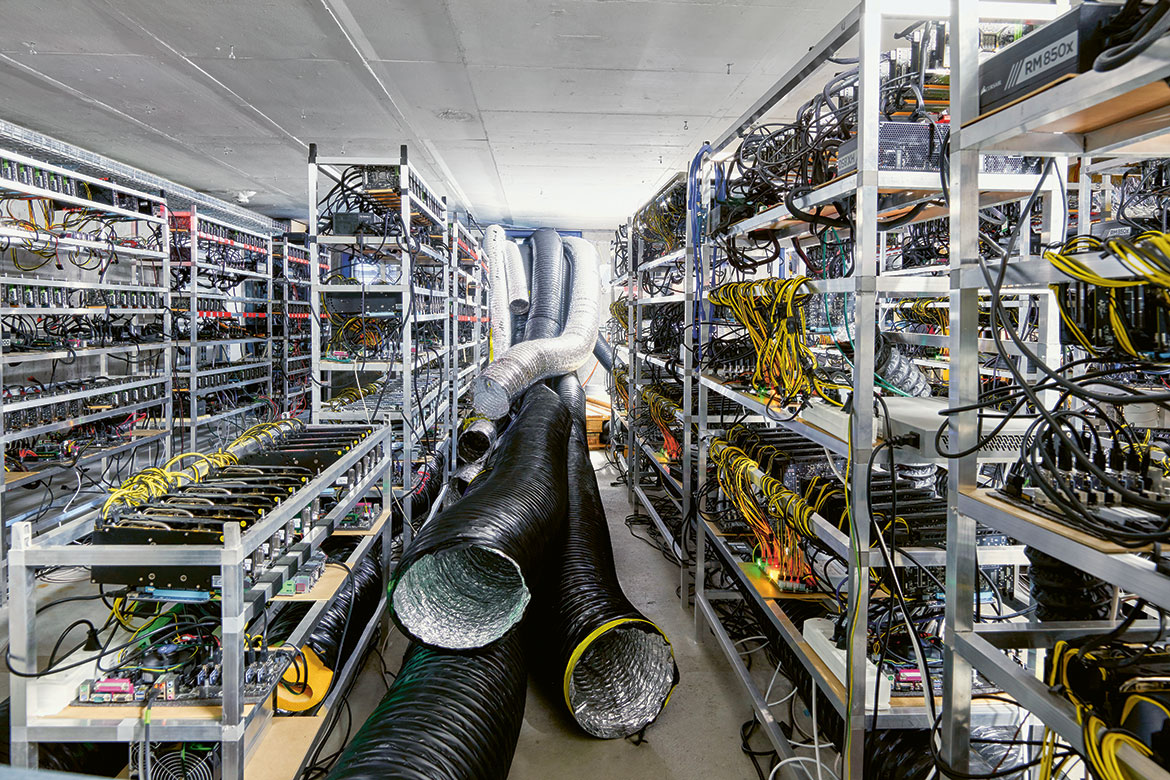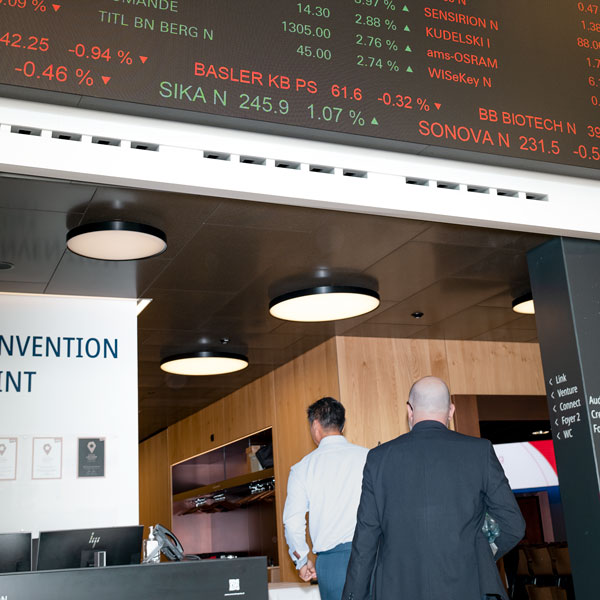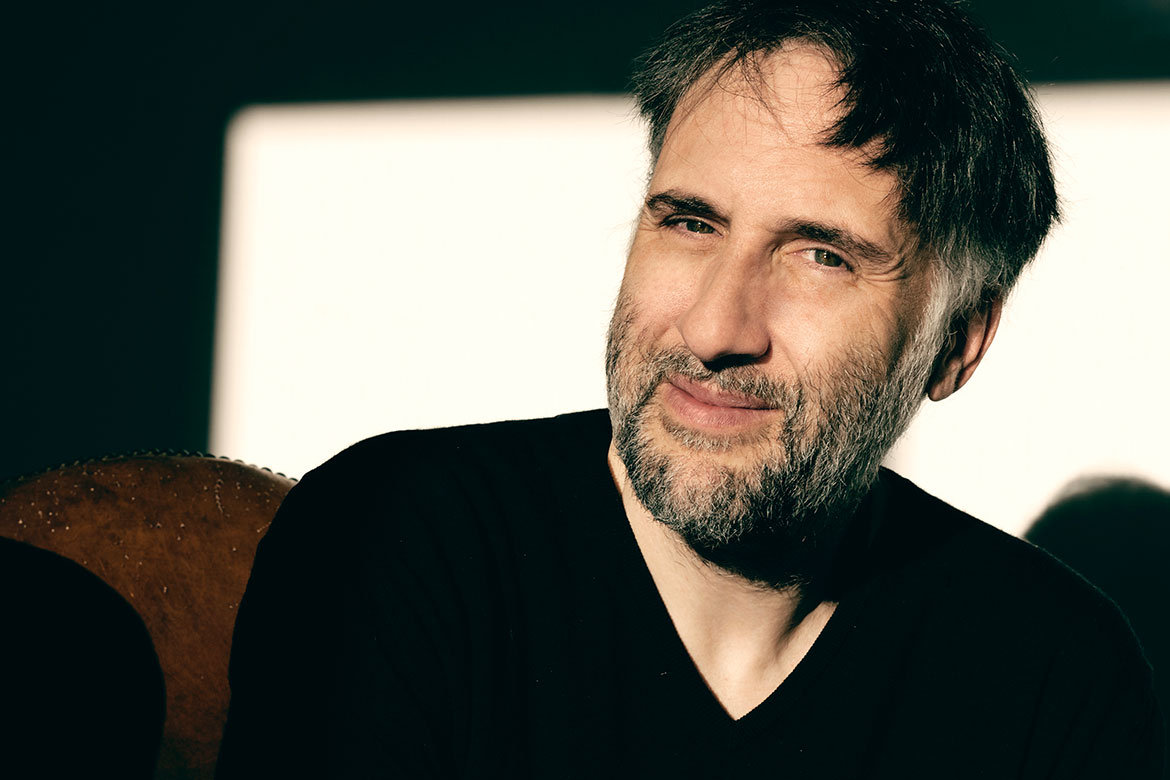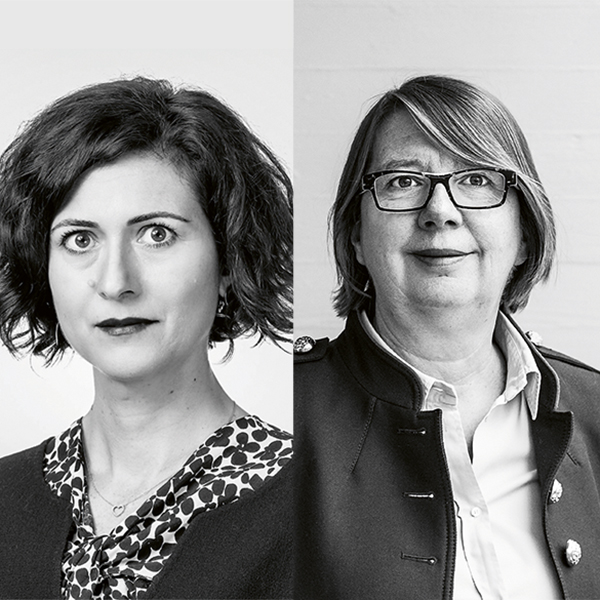The difficulty of a blockchain revolution in science
Whether it’s payments, insurance or certification, many sectors face disruption from blockchains. As for academia, there’s no lack of initiative for developing applications, but the experts are yet to be convinced.

Blockchain technology is criticised on account of the amount of electricity it uses. Here in its computing centre in Gondo (Valais), the company Alpine Mining is creating cryptocurrencies. | Image Keystone/René Ruis
Ten years ago, the crypto-currency Bitcoin brought the idea of decentralised ledgers into general use for the first-ever time. This blockchain technology is now a talking point all over the world. Young companies want to revolutionise whole branches of industry with it, while major enterprises are setting up their own crypto departments. But what about science? Well, scientists too are now asking themselves about the possible uses of this technology.
Dozens of start-ups want to develop digital platforms to publish their research on a blockchain. Unlike common-or-garden pre-print servers such as Arxiv, the data on these platforms is not stored by a single organisation, but is distributed across many independent computers. The advantage of such a decentralised database is that its entries can’t be modified or deleted afterwards – neither by the authors themselves, nor by any server administrator. They’re also safe from hackers. Once something’s in a blockchain, it’s like it’s chiselled in stone. This also offers further protection from censorship and plagiarism.
Funding science is also an area where blockchain technology can be used. Because a blockchain can store not just research data, but financial transactions too. Funding bodies could trace precisely what happens to the capital that they’ve invested.
Doubting the revolution
These are big visions, and the hype is big too. But Karl Wüst, a blockchain specialist at ETH Zurich, doubts whether decentralisation is really necessary for research. “There are lots of centralised actors in science whom we can trust: renowned universities, journals and national science organisations. As long as that is the case, blockchain applications probably can’t offer much added value”.
In comparison to central databases, running blockchains is very complex and energy-intensive. That’s also why the Bitcoin network needs such an exorbitant amount of electricity – something that’s being criticised more and more. Researchers are trying to design a crypto-technology that is more scalable, but whoever wants to store large amounts of data efficiently in a blockchain will have to enter into compromises. For example, reducing the number of computers involved will mean compromising on security – but that’s the main purpose of the system in the first place.
“At present, we’re in the blockchain stone age – this technology is still very immature”, says José Parra-Moyano, the head of the UZH Blockchain Center at the University of Zurich. “For most companies, this technology today is just a marketing tool”. But he doesn’t want to exclude the possibility that it will at some point lead to changes on the science landscape. “Either way, the potential of blockchains is huge, and it’s worth monitoring technological developments and the different projects that are being set up”.
As an example, Parra-Moyano mentions ‘bloxberg’, the Blockchain Consortium for Science, in which the Library of ETH Zurich is participating. It is developing a system that enables researchers to store their work in a blockchain, but without revealing its actual content to the public. This means the authenticity of data can be proven after the fact, but without having to publish the data right from the start.
Blockchain technology is used to similar ends in Mindfire – a Swiss research initiative for artificial intelligence in which hundreds of scientists are participating from all over the world. It was founded by Pascal Kaufmann, who explains it as follows: “When we exchange our research results via a central platform such as Dropbox or Google Drive, we don’t know who else might be reading them. If there were a data breach, everything would become public. But on a decentralised blockchain, we can document our research precisely, and are guaranteed that only we will have access to it”. Mindfire stores science projects, sketches and even whole conversations. “In this manner, we can also prove later who had which idea first, without any doubts being raised”. It functions well, but Kaufmann admits that it’s still not a perfect solution. At present, blockchains are still not quick enough, and too many legal questions remain unresolved. For example, it’s not clear whether storing something in a blockchain would make it valid when filing for a patent, or if a case ended up before a court of law.




